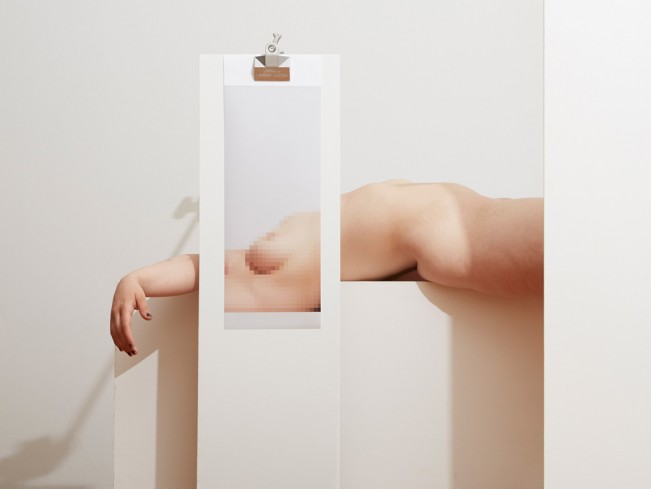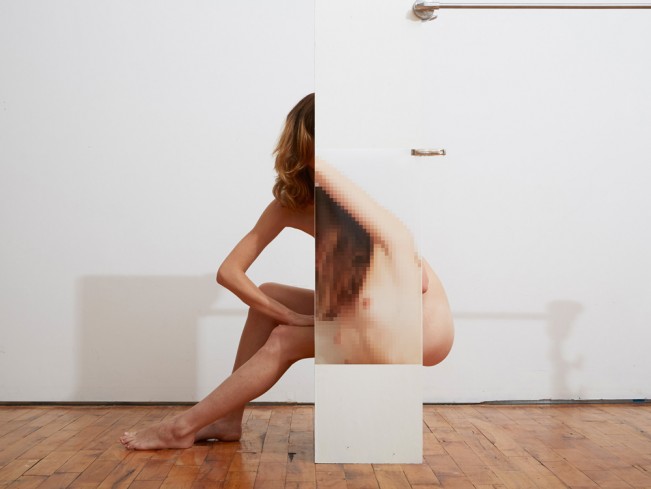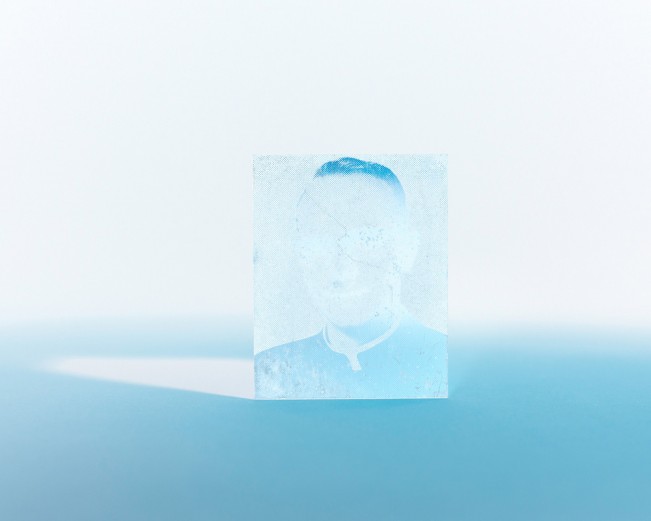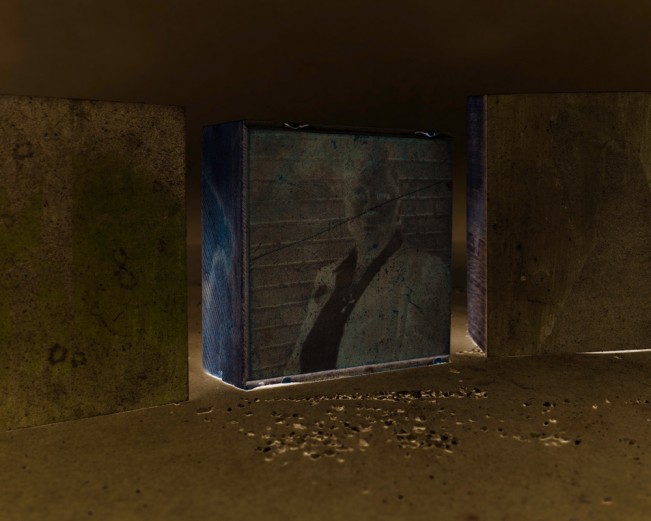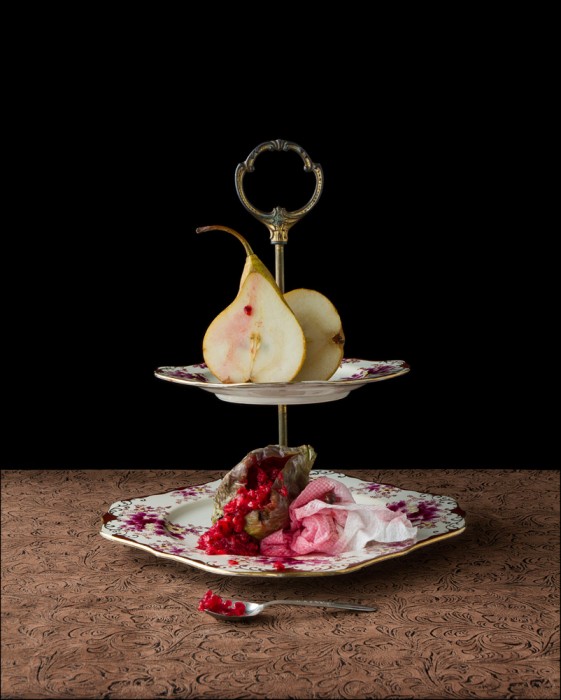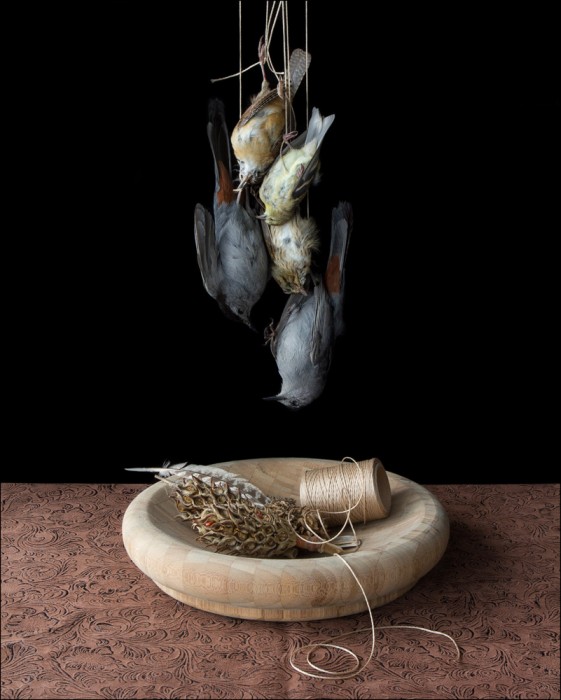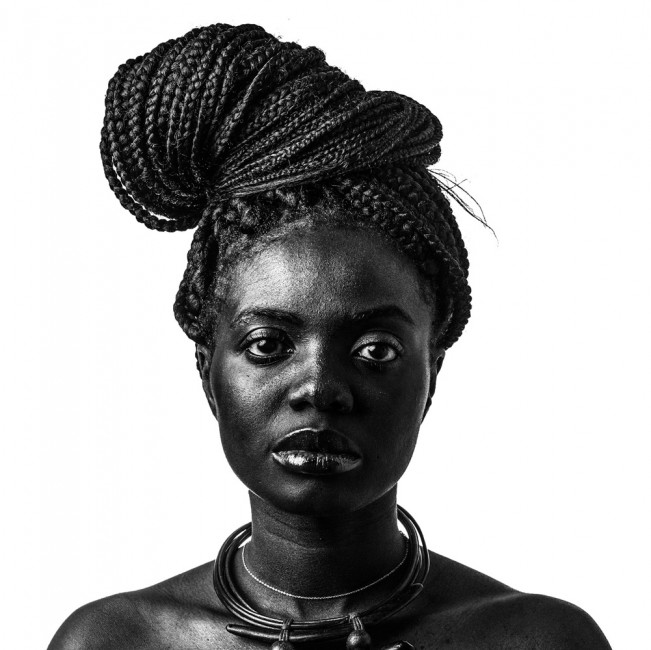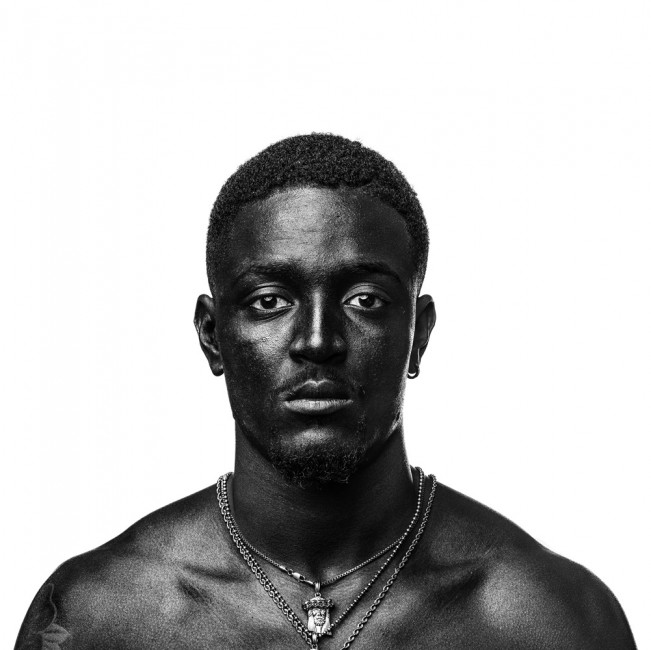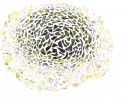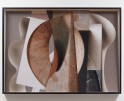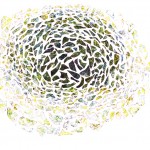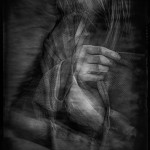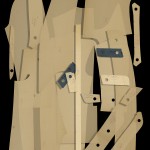Klompching Gallery’s FRESH 2015
FRESH 2015 is promoted through three platforms: the wall, the page and the internet—an exhibition at the Klompching Gallery, a feature in BLINK magazine, and through an online interview in At Length Mag. In addition to the exhibition, Klompching Gallery is showcasing photographs by the following 10 short-listed FRESH 2015 photographers on the gallery’s website: Chris Bennett, Frank Diaz & Deb Young, Mark Dorf, Rhea Karam, Bear Kirkpatrick, William LeGoullon, Peter Leighton, Theresa Ortolani, Liz Steketee, and David Wolf.
Within the visual arts, the nude is quite possibly the most arduous of subjects for any artist to tackle. Bill Durgin’s Studio Fantasy is a satirical approach, which is nonetheless sophisticated in subject and methodology of representation. Here, it’s the studio equipment that is fetishized while the models are abstracted through the use of pixilated images of themselves, referencing self-censorship in contemporary social media. The act of making, the construction of the nude in art, the banality of the studio, are the themes that reverberate throughout the series.
On point with current trends, whereby artists are addressing the photo-chemical in photography and its physicality, Johanna Warwick photographs antique relief half-tone printing blocks, dating from the 1880s–1960s. She brings to the foreground, the often over-looked positive/negative processes in making images. The anonymous portraits embedded in the printers’ medium are sometimes imperceptible, giving only vague recognition. What Warwick terms the ‘capability’ of the medium is made visible, celebrated with rich ethereal light and color.
The enduring trope of the Dutch Still Life is contemporized by Kimberly Witham’s On Ripeness and Rot. In these lush photographs, the artist transforms New Jersey road kill, together with flora from her garden, into meditative studies of fragility, beauty, ripeness, and decay. At once a celebration of beauty and a reminder of death, the studies are clearly ephemeral, touching on notions of the grotesque and squarely sited within the concept of the vanitas. The modest scale of the photographs maintains the intimate and personal element of the narrative while also projecting a universal story based on well-understood symbols.
Informed by the New Topographics, Matthew Arnold presents large-scale photographs of North African Battlefields of World War II. These vast, anonymous, neutral vistas are bestowed a rare sense of quiet, transforming the North African landscape into contemplative spaces—a stark contrast to what was considered a dangerous and alien environment, by the soldiers dropped into its vastness. With minimal visual signs pointing to the echoes of war, the viewer is left to contemplate, reflect and inject a level of their own sensibility into the photographs. Unlike other photographs of war, the power and strength of Arnold’s photographs creep up on you slowly, with an enduring impact.
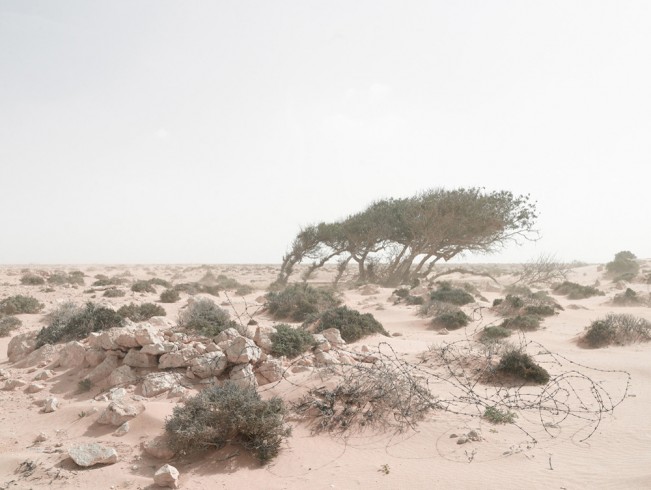
Defensive position in an encroaching sandstorm, Alem Hamza Battlefield, Libya, 2012, from the series Topography Is Fate © Matthew Arnold
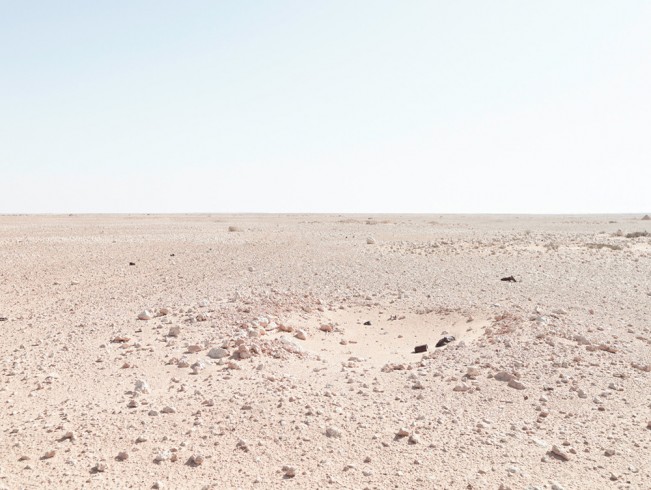
Infantry position, Bir Hachim Battlefield, Libya, 2012, from the series Topography Is Fate © Matthew Arnold
Ima Mfon also utilizes a very specific methodology in making his Nigerian Identity series. Like an archeologist, he documents, classifies and presents a typological view of his subjects. Each portrait is depicted in a straight-on, formal manner. The approach echoes 19th-century anthropological studies of the Other, of mugshots and forms of proof of identity. Mfon boldly manipulates the skin color of his subjects, making each the same. The individual disappears, with each subject being presented as an indicator of the artist’s interpretation of what Nigerian identity is. Despite this, a challenging dichotomy emerges, in that some portraits are personalized by the subjects’ jewelry and items of dress. Mfon’s personal investment is crucial—through the inclusion and equal treatment of his own image.
Posts on Lenscratch may not be reproduced without the permission of the Lenscratch staff and the photographer.
Recommended
-
The Female Gaze: Alysia Macaulay – Forms Uniquely Her OwnDecember 17th, 2025
-
Bill Armstrong: All A Blur: Photographs from the Infinity SeriesNovember 17th, 2025
-
Robert Rauschenberg at Gemini G.E.LOctober 18th, 2025
-
Erin Shirreff: Permanent DraftsAugust 24th, 2025
-
Shelagh Howard: The Secret KeepersJuly 7th, 2025

